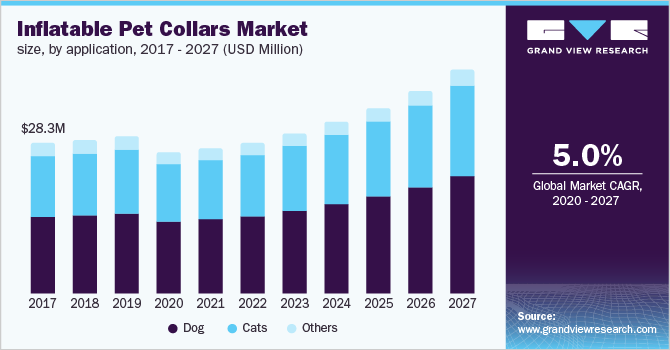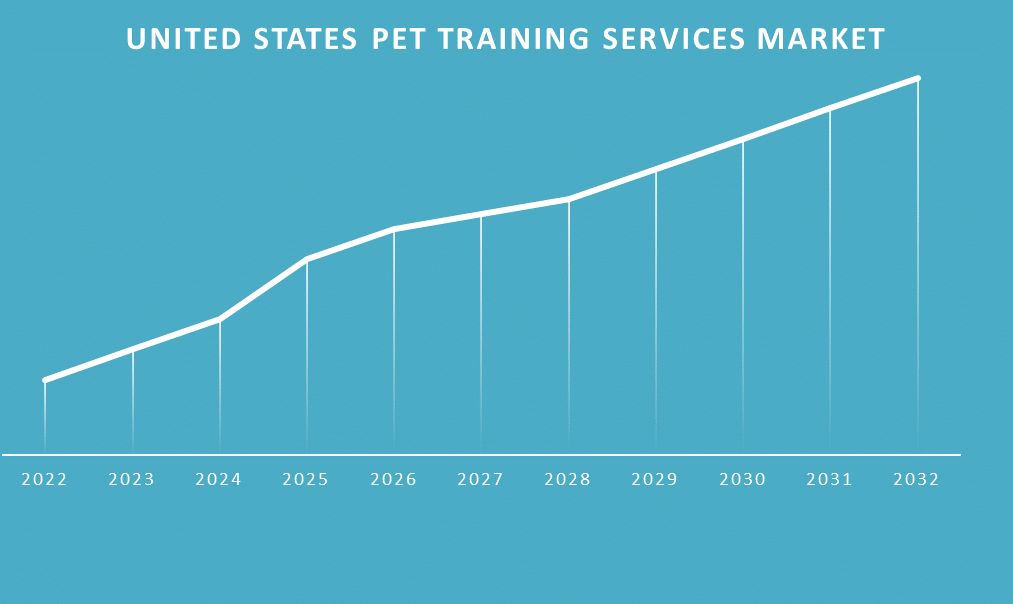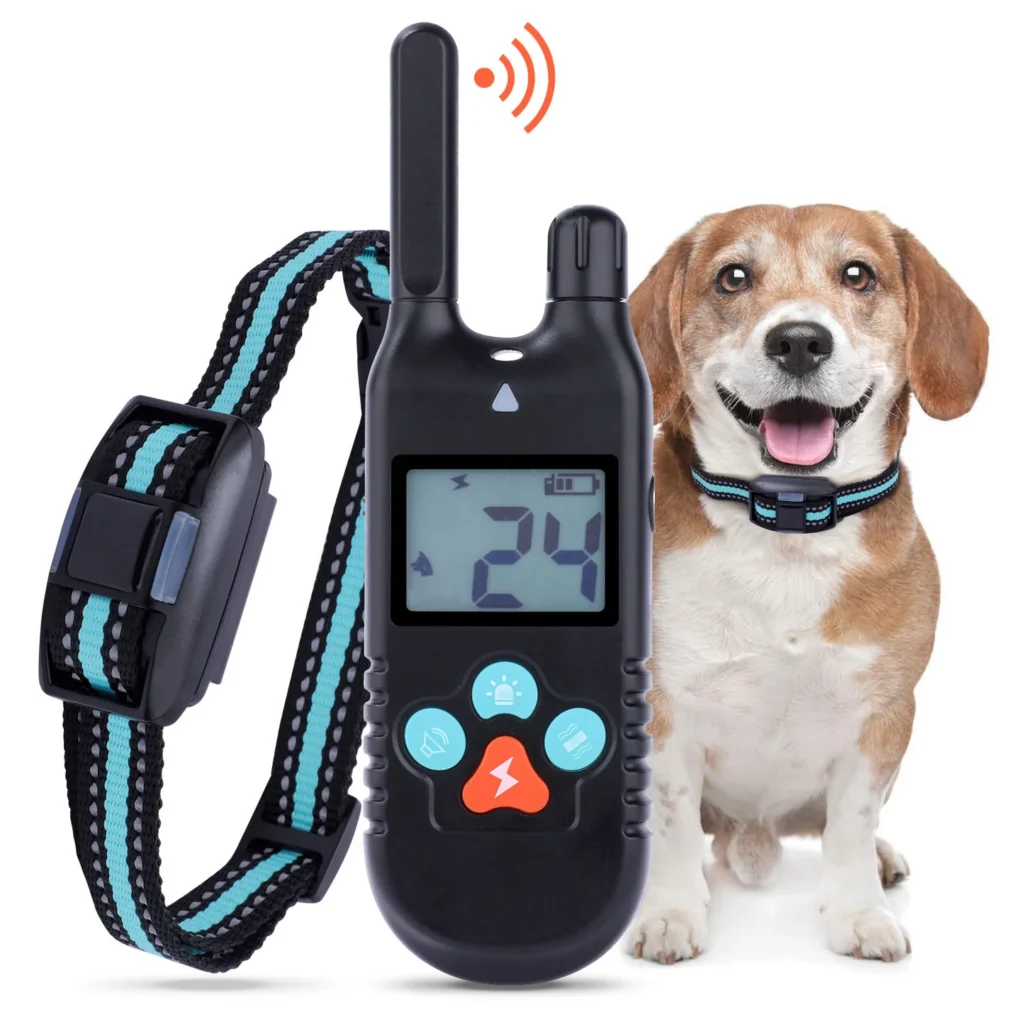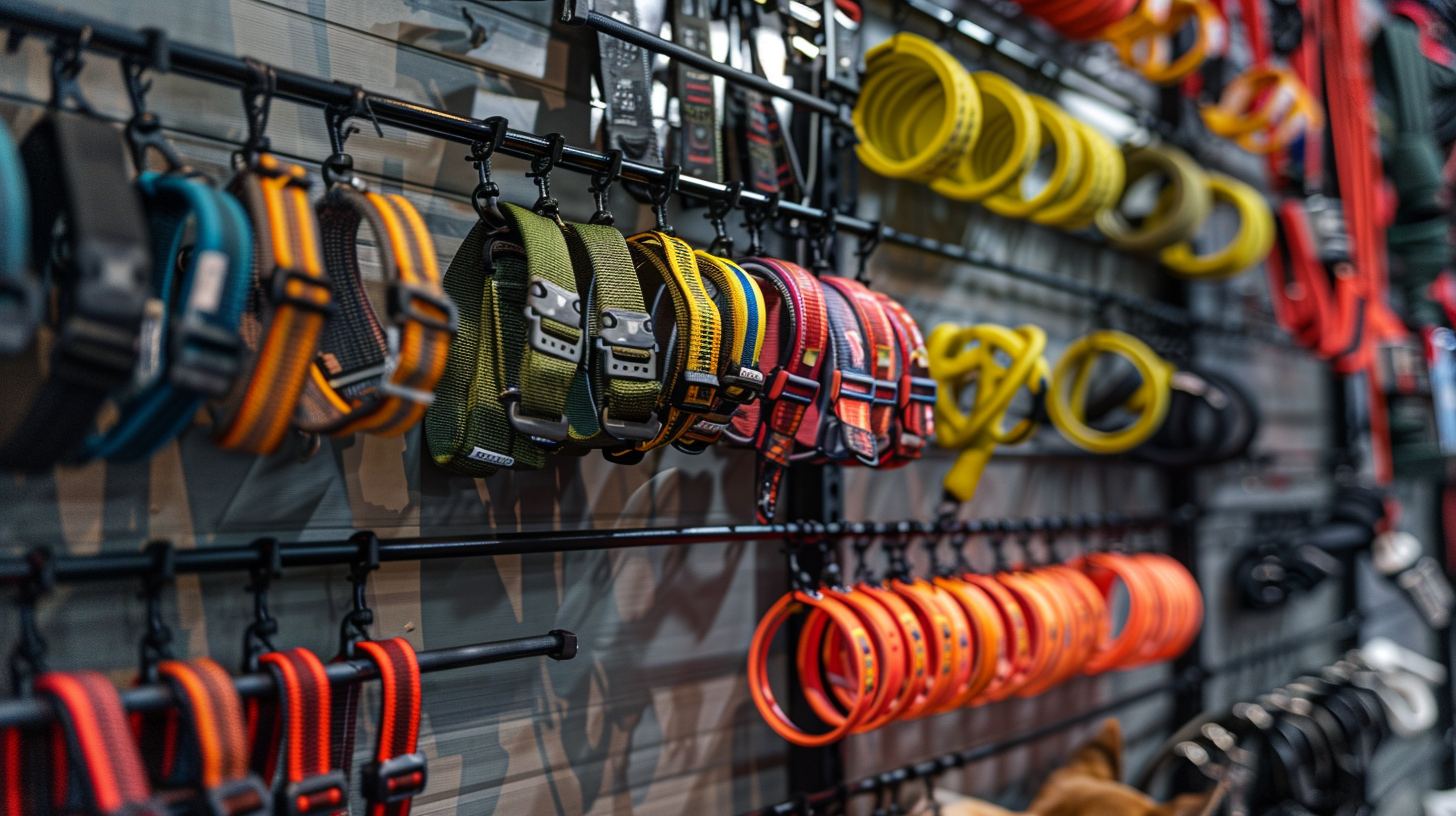Are you tired of scouring the internet for reliable wholesalers for dog training collars? It’s a common hurdle for many pet product retailers. Don’t worry, I’m here to make the process simpler for you with these expert tips.
To find reputable wholesalers for dog training collars, start by exploring specialized pet supply wholesalers, attending industry trade shows, and utilizing online wholesale marketplaces. Don’t forget to research manufacturers that offer wholesale accounts and compare their pricing, product quality, and customer service.
Curious to know more? Let’s dive into the details to help you find the perfect suppliers for your business.
1.Where to Begin?

- Look for specialized pet supply wholesalers. Companies like WholesalePet.com and PetEdge offer a wide selection of wholesale dog training collars, harnesses, and other training supplies.
- Consider manufacturers that offer wholesale accounts. For example, Ecopetfashions is a manufacturer of training dog collars that accepts applications for wholesale/distributor accounts.
- Check online wholesale marketplaces. Platforms like Alibaba often have listings from manufacturers and suppliers of dog training collars in bulk.
2.What About Trade Shows and Reputable Suppliers?

- Attend pet industry trade shows. These events are great opportunities to connect directly with manufacturers and wholesalers of pet training products.
- Research reputable suppliers. Look for established companies with good reputations in the pet industry. For example, LengthPets is mentioned as a reliable supplier of dog collars and other pet products since 2009.
3.How to Compare and Evaluate Wholesalers?

- Compare pricing and minimum order quantities. Different wholesalers will have varying pricing structures and order requirements.
- Evaluate product quality and variety. Look for suppliers that offer a range of training collar types like prong collars, choke chains, and no-pull harnesses to meet different customer needs.
4.What About Customer Service and Customization?

- Consider customer service and shipping policies. Reliable shipping and good customer support are important for maintaining inventory.
- Ask about customization options. Some wholesalers may offer private labeling or custom designs for your business.
- Check for certifications or compliance with industry standards to ensure product safety and quality.
5.More Related Questions
5.1.How big is the dog collar market?
The global dog collar market is experiencing remarkable growth. Projected to expand from $5.38 billion in 2023 to $11.08 billion by 2033, the market boasts a compound annual growth rate (CAGR) of 7.5%. This expansion is driven by increasing pet ownership and heightened awareness of pet health and safety.
Additionally, the broader pet collar market, including collars for various pets, is anticipated to grow at a CAGR of 6% from 2021 to 2031. Within this, the U.S. surgical pet collar segment was valued at $126.0 million in 2020 and is expected to reach $219.0 million by 2028, growing at a CAGR of 7.2%.

A particularly dynamic subsegment is the smart dog collar market, valued at $502.8 million in 2022. This market is projected to soar to $3,950.2 million by 2031, with a CAGR of 10%. These smart collars, integrating technology for enhanced pet tracking and health monitoring, significantly contribute to market growth.
Overall, the dog collar market’s expansion reflects a diverse range of products—from traditional to high-tech smart collars—meeting the evolving needs of pet owners.
5.2. What is the dog training market trend?
The dog training market is witnessing notable trends and substantial growth. The global pet training services market, encompassing dog training, is anticipated to reach $4.9 billion by 2028, with a compound annual growth rate (CAGR) of 6.2% from 2022 to 2028.
One prominent trend is the rise of virtual training options, which gained momentum during the COVID-19 pandemic. This method offers pet owners enhanced flexibility and convenience, positioning it for the highest growth rate within the industry over the next few years.

Millennials and Gen Z are significant drivers of market expansion, with a considerable proportion of Gen Z pet owners—41%—opting for professional training services. Despite the surge in virtual training, traditional in-person training still dominates the market. In 2021, offline training accounted for the largest revenue share due to its straightforward implementation and enduring popularity.
In the U.S., the dog training services sector exhibits low market concentration, with the top four companies contributing to 32% of market revenue. Geographically, North America held the largest revenue share in 2021, underscoring its leading position in the market.
Overall, the dog training market is evolving, with growing opportunities in both conventional in-person training and innovative virtual training solutions, particularly appealing to younger pet owners.
5.3 How do you start a dog training collar?
Starting dog training with an e-collar involves a few key steps to ensure it’s done safely and effectively.
First, select a high-quality e-collar with adjustable stimulation levels, such as the Dogtra Tom Davis 280C model. Begin your training in a low-distraction indoor environment. Fit the collar snugly so the contact points touch your dog’s skin.
Next, set the collar to the lowest stimulation level, usually around level 4 out of 127 levels. Link this gentle stimulation to a command your dog already knows, like “come.” Activate the stimulation as you give the command and stop it once your dog complies. Reinforce their good behavior with plenty of praise, petting, and treats to create a positive experience.

Initially, keep your dog mobile and engaged rather than stationary. Use a 15-20 foot long line for safety during these early training sessions. As your dog gets better, gradually increase the distance and difficulty of the commands.
Importantly, never use the e-collar for correction or punishment. It should serve as a way to get your dog’s attention from a distance, not to intimidate them. Working with a professional trainer experienced in e-collar use can be very beneficial, especially when you’re just starting out.
The ultimate goal is to help your dog associate the mild stimulation with commands and compliance, ensuring they understand it’s not a form of punishment but a communication tool for off-leash reliability.
5.4 What is the best brand of dog training collars?
When it comes to dog training collars, several brands consistently receive high praise for their quality and effectiveness. One of the standout brands is SportDOG, widely recognized for its reliability and performance. SportDOG collars are highly valued for their excellent build and versatility, making them a top choice among dog trainers.
Garmin, known for its Tri-Tronics line, offers popular models like the Sport PRO, PRO 70, and PRO 550. These collars are favored for their advanced features and durability, ideal for serious trainers who need robust equipment.
Dogtra is another reputable brand, particularly known for its e-collars and bark collars. Models such as the 280C, 200C, and 1900S HANDSFREE PLUS are well-regarded for their user-friendly design and precise control, making them suitable for both professional and casual trainers.

PetSafe is notable for its invisible fence systems, offering a reliable solution for pet containment and training. Their products are designed to be user-friendly and effective, catering to a wide range of training needs.
DT Systems provides budget-friendly options without compromising on quality. Their beeper/trainer combinations are especially useful for hunters and those training working dogs.
Choosing the best dog training collar depends on various factors, including your dog’s size, the type of training, and the specific features you need. Key considerations should include range, stimulation levels, waterproofing, and additional functionalities like GPS or beeper options. By assessing these elements, you can find a collar that best suits your training requirements.
5.5 Are dog training collars legal?

Yes, dog training collars are generally legal, but their legality varies depending on the country, state, or region. It’s crucial to check local laws and regulations to ensure compliance. Some areas have specific restrictions on certain types of collars, such as shock collars or prong collars.
5.6 What is the most common dog collar size?

Determining the most common dog collar size depends on the dog’s weight. Here are some general guidelines based on typical weight ranges:
Dogs weighing between 11-25 pounds usually need a small collar, measuring 11”-15”. This size is perfect for breeds like Pugs, Dachshunds, and Jack Russell Terriers.
For dogs weighing between 26-55 pounds, a medium collar, ranging from 13”-18”, is appropriate. This size fits many popular breeds, including Beagles, Cocker Spaniels, and Border Collies.
Larger dogs, weighing between 56-80 pounds, require a large collar, typically 16”-24”. Breeds like Labradors, Golden Retrievers, and Boxers fall into this category.
Always measure your dog’s neck accurately and add 2 inches for comfort. Using the “two-finger test” helps ensure the collar isn’t too tight or loose.
Conclusion

Finding the right wholesalers for dog training collars doesn’t have to be a daunting task. By leveraging specialized pet supply wholesalers, online marketplaces, and industry trade shows, you can secure reliable suppliers that meet your quality and pricing needs.






